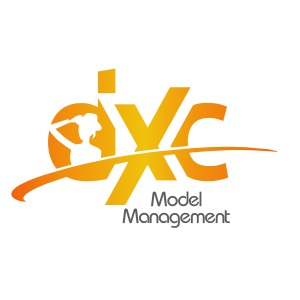Introduction: Your modeling portfolio is more than just a collection of photographs – it’s your visual brand, your calling card, and your ticket to success in the competitive world of modeling. At DXC Model Academy, we understand the importance of a strong portfolio and the role it plays in showcasing your unique talent and versatility. Join us as we explore the essentials of building a standout modeling portfolio and positioning yourself for success in the industry.
Know Your Niche: Before you begin compiling your portfolio, take some time to identify your niche and the type of modeling work you aspire to pursue. Whether you’re interested in fashion, commercial, editorial, or niche modeling, knowing your niche will help you tailor your portfolio to highlight your strengths and attract the right opportunities.

Quality Over Quantity: When it comes to portfolio building, quality always trumps quantity. Instead of overwhelming potential clients or agencies with dozens of mediocre images, focus on curating a selection of your best work that showcases your versatility, range, and professionalism. Choose images that are well-composed, well-lit, and showcase your unique personality and style.

Variety is Key: While it’s important to showcase your versatility as a model, it’s equally important to maintain a cohesive and consistent aesthetic throughout your portfolio. Include a variety of looks, poses, and expressions to demonstrate your range, but ensure that all the images flow seamlessly together to tell a cohesive story and convey your personal brand.

Professional Presentation: Your modeling portfolio should be a reflection of your professionalism and attention to detail. Invest in high-quality prints or digital images that are professionally retouched and presented in a sleek and polished format. Consider investing in a professional portfolio book or creating a digital portfolio website to showcase your work to potential clients and agencies.

Keep it Updated: Your modeling portfolio is a living document that should evolve and grow with your career. Regularly update your portfolio with your latest work, removing outdated images and replacing them with fresh, current material that reflects your current look and style. A well-maintained portfolio demonstrates your commitment to your craft and your dedication to staying relevant in the industry.

Seek Feedback: Don’t be afraid to seek feedback from industry professionals, mentors, or trusted peers as you build and refine your portfolio. Constructive criticism can help you identify areas for improvement and fine-tune your portfolio to better align with industry standards and expectations.




